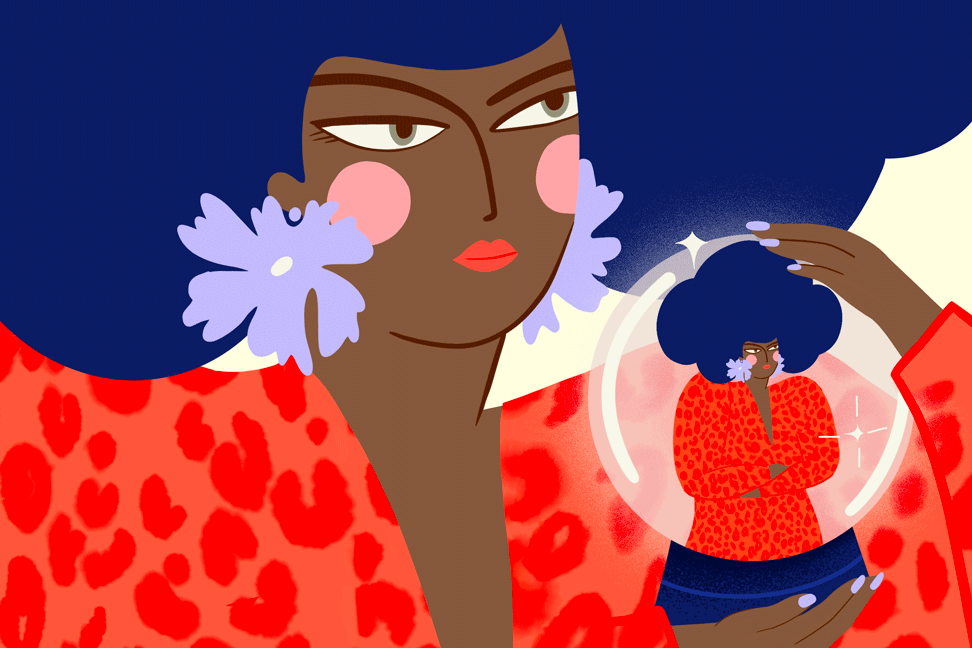Issey Miyake, famed Japanese fashion designer, dies at 84

- Share via
TOKYO — Issey Miyake, who built one of Japan’s biggest fashion brands and was known for his boldly sculpted pleated pieces as well as former Apple CEO Steve Jobs’ black turtlenecks, has died. He was 84.
Miyake died Friday of liver cancer, the Miyake Design Office said Tuesday.
Miyake defined an era in Japan’s modern history, reaching stardom in the 1970s among a generation of designers and artists who reached global fame by defining a Japanese vision that was unique from the West.
Miyake’s origami-like pleats transformed usually crass polyester into chic. He also used computer technology in weaving to create apparel. His down-to-earth clothing was meant to celebrate the human body regardless of race, build, size or age.
Miyake even detested being called a fashion designer, choosing not to identify with what he saw as frivolous, trend-watching, conspicuous consumption.
Again and again, Miyake returned to his basic concept of starting with a single piece of cloth, be it draped, folded, cut or wrapped.
As L.A. labels adapt, back-burnered projects and faraway trends come into focus — fast.
Over the years, he took inspiration from a variety of cultures and societal motifs, as well as everyday items — plastic, rattan, “washi” paper, jute, horsehair, foil, yarn, batik, indigo dyes and wiring.
He sometimes evoked images of Jimi Hendrix and Janis Joplin, or collaborated with Japanese painter Tadanori Yokoo on images of monkeys and foliage in vibrant, psychedelic hues.
He also collaborated with furniture and interior designer Shiro Kuramata, photographer Irving Penn, choreographer and director Maurice Bejart, pottery maker Lucie Rie and the Ballet Frankfurt.
In 1992, Miyake was commissioned to design the official Olympic uniform for Lithuania, which had just gained independence from the Soviet Union.
Ultrasuede shirtdresses and caftans galore: We dig into the story behind the clothes that made the mononymous designer a household name.
Born in Hiroshima in 1938, Miyake was a star as soon as he hit the European runways. His brown top, which combined the Japanese sewn fabric “sashiko” with raw silk knit, was splashed on the cover of the September 1973 issue of Elle magazine.
Miyake was also a pioneer on gender issues. In the 1970s, he asked feminist Fusae Ichikawa, who was in her 80s, to be his model, sending the message that garments must be comfortable and express the natural beauty of real people.
Although he made clothes that went beyond the mundane, appearing to reach for the spiritual, he made a point never to become pretentious, always approving of the T-shirt-and-jeans look.
“Designing is like a living organism in that it pursues what matters for its well-being and continuity,” Miyake once wrote in his book.
His office confirmed that a private funeral had already been held, with no other ceremonies expected, in accordance with Miyake’s wishes. Miyake kept his family life private, and survivors are not known.
More to Read
Start your day right
Sign up for Essential California for the L.A. Times biggest news, features and recommendations in your inbox six days a week.
You may occasionally receive promotional content from the Los Angeles Times.







